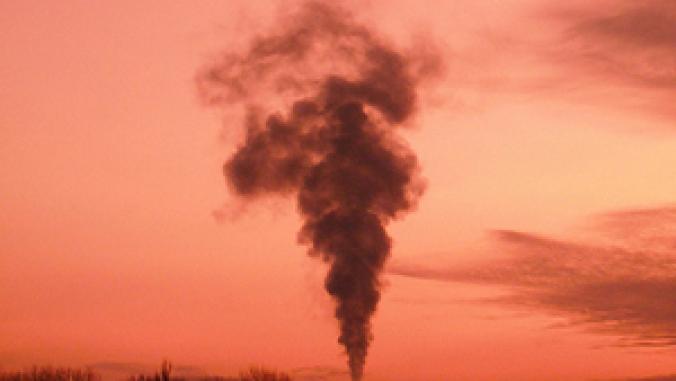PG&E and Exelon Boast Nation's Lowest CO2 Emissions Rates
<p>Pacific Gas and Electric Co. and Exelon are the nation's fifth and 35th largest power producers yet they boast the lowest carbon dioxide emissions rates of the top 100 electric utilities in the U.S., a new report shows. On the other end of the spectrum is Big Rivers Electric, the Kentucky-based cooperative that is the nation's 79th largest power producer but holds the highest CO2 emissions ranking.</p>

Image licensed by stock.xchng user walker_M
Pacific Gas and Electric Co. and Exelon are the nation's fifth and 35th largest power producers yet they boast the lowest carbon dioxide emissions rates of the top 100 electric utilities in the U.S., a new report shows. PG&E uses no coal in its portfolio, while Exelon is the nation's largest nuclear operator in the U.S.
On the other end of the spectrum is Big Rivers Electric, the Kentucky-based cooperative that is the nation's 79th largest power producer but holds the highest CO2 emissions ranking. According to the report, Big Rivers Electric's emissions rate approached 2,500 pounds of CO2 emissions per megawatt hour of electricity generated.
These are among the findings of "Benchmarking Air Emissions of the 100 Largest Electric Power Producers in the United States," a new report aimed at helping investors weigh the air pollution-related business risks of utilities in their portfolio. At the same time, the report can be used to help companies compare their performance to their peers, and inform policymakers charged with addressing emissions challenges.
“Power companies have been on notice for more than a decade that they will need to cut their emissions of carbon dioxide and other pollutants," Dan Lashof, Climate Center Director at the Natural Resources Defense Council (NRDC), said in a statement this week. "This report shows which companies have made smart decisions to position themselves for the transition to clean energy and which are lagging.”
The NRDC, Ceres, Constellation Energy, Entergy Corp. and the Public Service Enterprise Group produced the report. It also includes 2008 performance data for emissions of sulfur dioxide (SO2), nitrogen oxides (NOx) and mercury, all of which are linked to environmental and public health issues.
There are more than 5,500 power plants in the U.S. that produced roughly 4.1 billion megawatt house of electricity in 2008. Nearly half of power production comes from coal.
SO2 and NOx emissions fell 54 percent and 52 percent, respectively, largely due to regulations requiring the installation of pollution control equipment. Over the last 20 years, CO2 emissions from U.S. power plants have risen 30 percent, but actually declined 2.1 percent in 2008.
While CO2 isn't yet regulated, Congress is reportedly considering a shift to an energy bill that would restrict emissions from power plants only, rather than an economy-wide cap-and-trade bill that has stalled in the Senate.
The electric power industry is responsible for 39 percent of U.S. CO2 emissions.
Image licensed by stock.xchng user walker_M.




